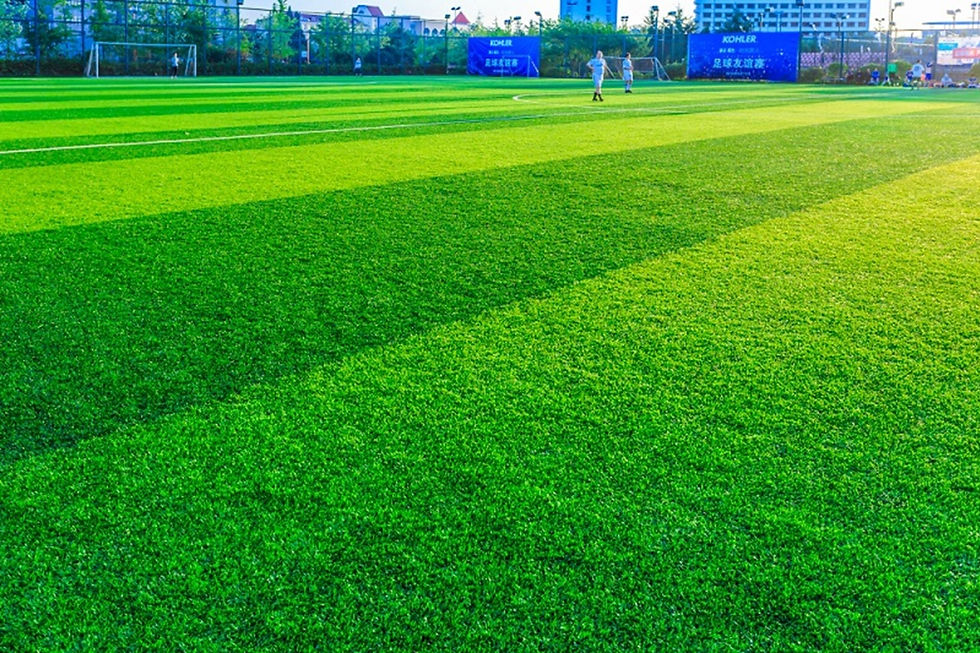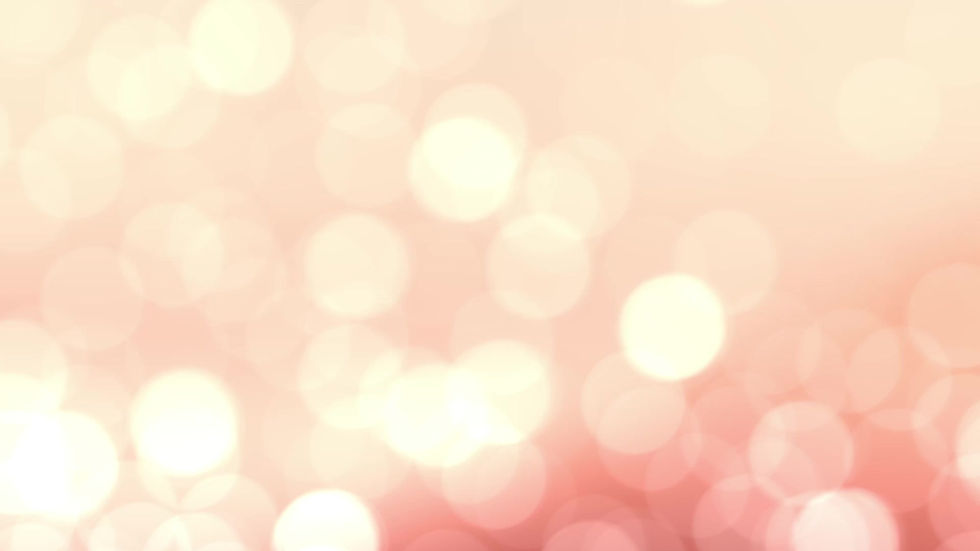The Ultimate Guide to Fake Grass in Australia: What You Need to Know
- David Fenton
- Aug 12
- 5 min read
Are you tired of spending every weekend mowing, watering, and maintaining your lawn? Have you ever wondered if there's a better solution to keeping your outdoor space looking pristine year-round? What if you could have a lush, green lawn that never needs watering, especially during those harsh Aussie summers?
Welcome to your comprehensive guide on fake grass in Australia. Whether you're a busy professional, a pet owner dealing with muddy paws, or simply someone who wants to reduce water usage, this guide covers everything you need to know about making the switch to synthetic turf. From selecting the best fake lawn for your needs to understanding installation requirements and maintenance tips, we'll walk you through the entire process.
Why More Australians Are Switching to Fake grass?
The Australian climate can be unforgiving of natural lawns. With water restrictions becoming increasingly common and maintenance costs rising, it's no wonder that more homeowners are turning to synthetic alternatives. The appeal goes beyond just saving water – it's about reclaiming your weekends and enjoying a consistently beautiful outdoor space.

Fake Grass Basics: Types, Materials & Benefits
Understanding the different types of synthetic grass available is crucial for making an informed decision. The market offers various options, each designed for specific applications and preferences. From short-pile options perfect for putting greens to longer, softer varieties ideal for family backyards, there's something for every need.
The materials used in quality fake grass typically include:
Polyethylene fibres for a soft, natural feel
Polypropylene for durability and colour retention
Latex or polyurethane backing for stability
Infill materials like sand or rubber for cushioning
UV stabilisers to prevent fading
How to Buy the Right Synthetic Grass?
When you're ready to purchase fake grass, knowing what to look for makes all the difference. Start by considering your specific needs – will it be used primarily for aesthetics, or do you need something that can handle heavy foot traffic? The pile height, density, and backing quality all play crucial roles in determining the right product for your situation.
Quality indicators to check include the stitch rate (stitches per metre), total weight, and warranty terms. Higher stitch rates generally mean denser, more realistic-looking grass. Don't be swayed by price alone – cheaper options might save money initially, but could require replacement much sooner. Request samples from different suppliers to compare texture, colour, and overall appearance in your outdoor lighting.
Best Fake grass for Aussie Homes, Pets & Pools
Different areas of your property require different types of synthetic grass. For high-traffic family areas, you'll want the best synthetic lawn that combines durability with comfort. Look for products with a pile height between 30-40mm, which provides a good balance of realistic appearance and practicality.
Pet owners should prioritise turf with excellent drainage and antimicrobial properties. The best fake turf for pets features:
Quick-draining backing to prevent odours
Non-toxic materials are safe for animals
Easy-clean surfaces that resist staining
Durable fibres that withstand digging and running
Tools & Ground Prep for DIY Installation
Proper ground preparation is crucial for a successful installation. The things needed to install fake grass go beyond just the turf itself. You'll need to invest in the right tools and materials to create a stable, long-lasting base for your new lawn.
Essential tools and materials include:
Sharp Stanley knife or turf cutter
Compactor or roller
Spirit level and string line
Joining tape and adhesive
U-shaped pins or nails
Crushed rock or road base
Sand for levelling
Weed membrane
Professional vs DIY Installation: What to Consider
The decision between professional and DIY installation depends on several factors. While doing it yourself can save money, professional turf installation ensures proper ground preparation, seamless joins, and often includes warranties on both product and workmanship. Consider your available time, physical capability, and the complexity of your space.
How to Maintain & Clean Your Fake Lawn?
One of the biggest advantages of synthetic grass is minimal maintenance, but 'minimal' doesn't mean 'none'. Regular cleaning fake grass keeps it looking fresh and extends its lifespan significantly. Develop a simple routine that prevents debris build-up and maintains the turf's appearance.
Basic synthetic grass cleaning involves:
Weekly brushing to keep fibres upright
Removing leaves and debris regularly
Hosing down monthly or as needed
Spot-cleaning spills immediately
Annual deep cleaning for high-use areas
Choosing the Right Grass for Different Applications
Not all synthetic grass is created equal, and selecting the right type for your specific application ensures optimal performance and longevity. Residential lawns, commercial spaces, sports facilities, and decorative areas all have unique requirements that influence the best choice of artificial turf.
Cost, Value & Budgeting Tips
Understanding the true cost of fake grass involves looking beyond the initial purchase price. While quality synthetic turf represents a significant upfront investment, the long-term savings often justify the expense. Factor in reduced water bills, eliminated lawn care costs, and the time value of not maintaining a natural lawn.
Budget considerations should include:
Turf cost per square metre
Base preparation materials
Installation labour (if hiring professionals)
Edging and joining materials
Any necessary drainage improvements
Long-term maintenance supplies
To find cheap artificial lawn options without sacrificing quality, consider end-of-roll pieces for smaller areas, look for sales during off-peak seasons, and compare quotes from multiple suppliers. Sometimes, slightly older stock offers excellent value while still providing years of service. Remember that the best artificial lawns balance initial cost with longevity – spending a bit more upfront often means better value over the product's lifetime.

Environmental Impact & Sustainability
The environmental considerations of fake grass spark considerable debate. While synthetic turf eliminates water usage for irrigation and removes the need for chemical fertilisers and pesticides, it does have an environmental footprint through manufacturing and eventual disposal. Understanding these trade-offs helps make an informed decision.
On the positive side, modern fake grass can significantly reduce water consumption – crucial in Australia's dry climate. A typical suburban lawn might use 50,000 litres annually for irrigation. Synthetic alternatives eliminate this entirely while also removing emissions from lawn mowers and reducing chemical runoff into waterways. Many manufacturers now use recycled materials in production, improving the sustainability profile.
Final Thoughts: Choosing the Right Turf for You
Selecting the perfect fake grass for your Australian home requires balancing multiple factors – from practical considerations like drainage and durability to aesthetic preferences and budget constraints. The good news is that today's market offers excellent options for virtually every situation, whether you need the best synthetic grass for a family backyard or specialised products for specific applications.
Take time to research thoroughly, request samples, and consider your long-term needs. The best fake grass turf for your neighbour might not suit your requirements. Think about how you'll use the space, who'll enjoy it (including pets), and what maintenance commitment you're comfortable with. Quality products from reputable suppliers, properly installed and maintained, can provide decades of enjoyment.






Comments